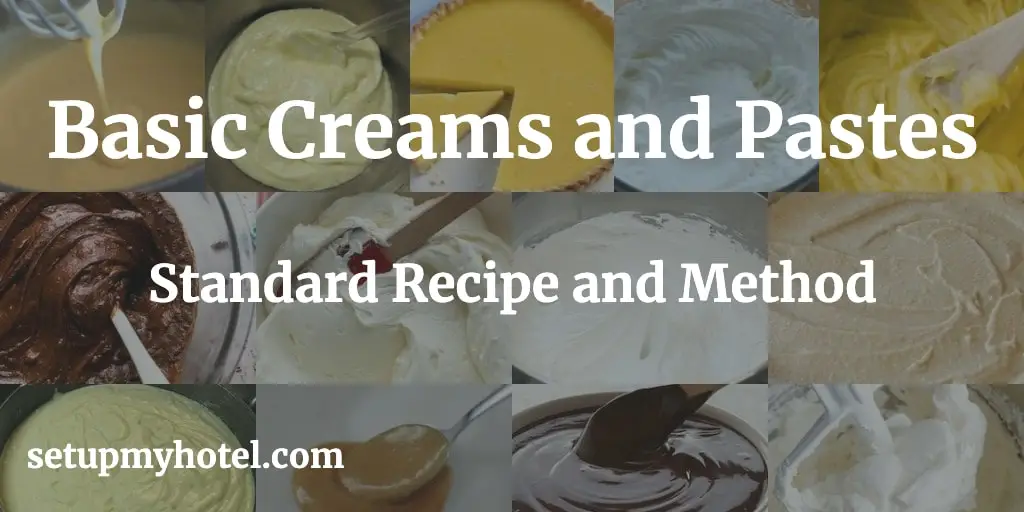Laminated Pastries Or Puff Pastries – Standard Recipe | Hotels | Chef
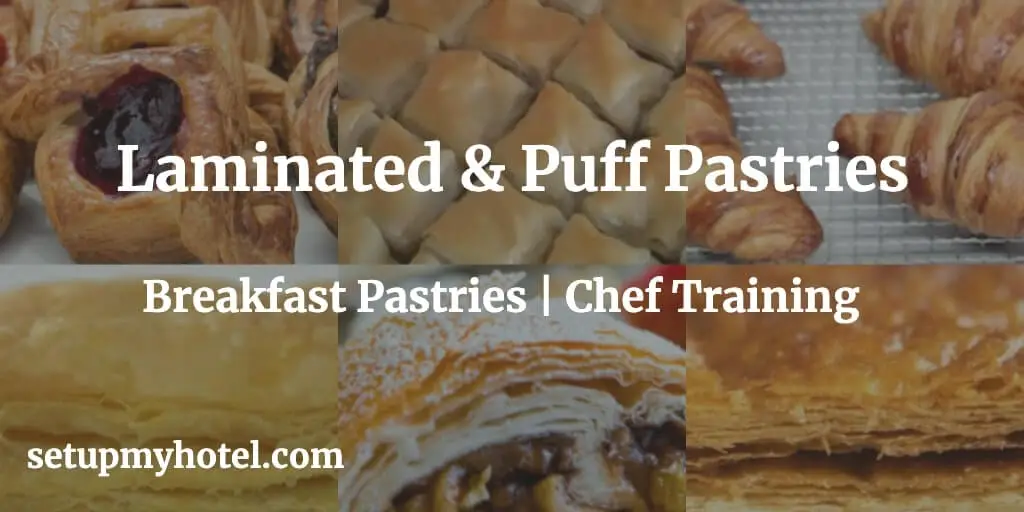
List of Laminated Pastries and Puff Pastries with Recipe Card Laminated dough is a culinary preparation consisting of many thin ...
Read more
Methods Of Whisking, Handling And Folding Egg White And Egg Yolk
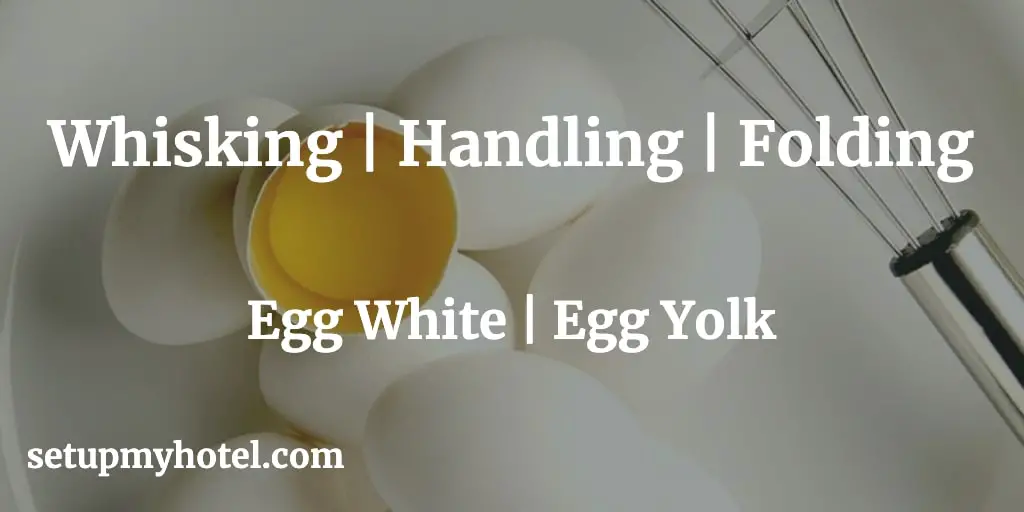
Methods of Whisking, Handling and Folding Egg White and Egg Yolk 1. How to separate egg white and egg yolk ...
Read more
9 Uses Of Egg In Cookery | Culinary | Hotel Industry
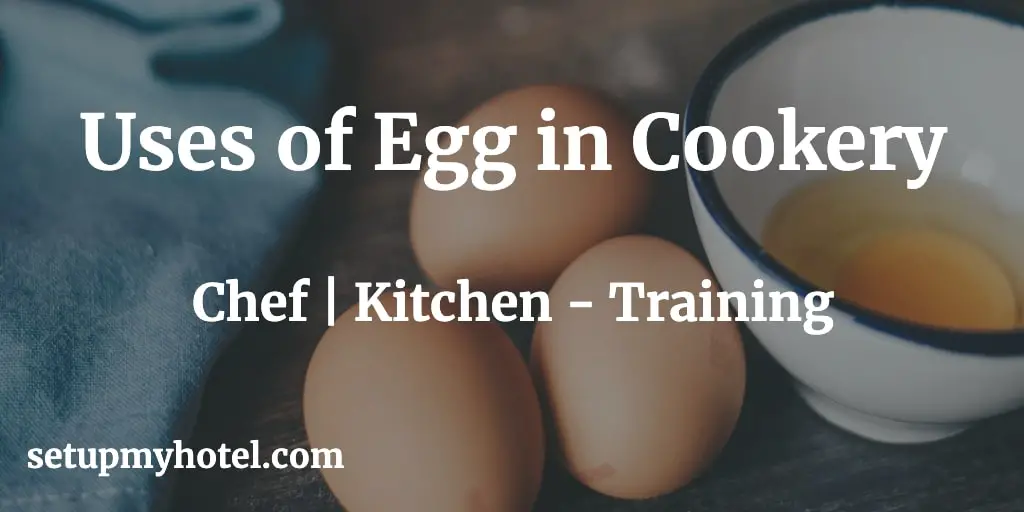
Uses of Egg in Cookery | Culinary | Kitchen and Hotel Industry Certain foods play a major role in cooking, ...
Read more
Food Holding Temperature Guide – Meat | Poultry | Fish | Other Items

Standard Food Holding Temperature Range Guide For Meat, Fish Poultry, and Other Items In the hotel industry chefs, cooks and ...
Read more
How To Keep Knife Or Knives Sharp?
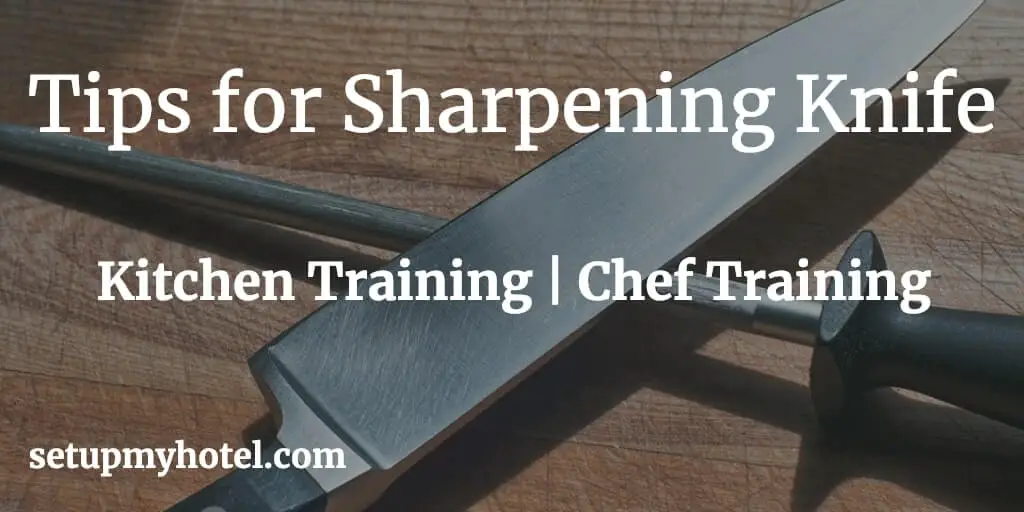
Tips For Keeping The Knife Sharp A knife is a tool that is of little use if it is not ...
Read more
27 Duties And Responsibility Of Garde Manger Chef / Cold Kitchen Chef
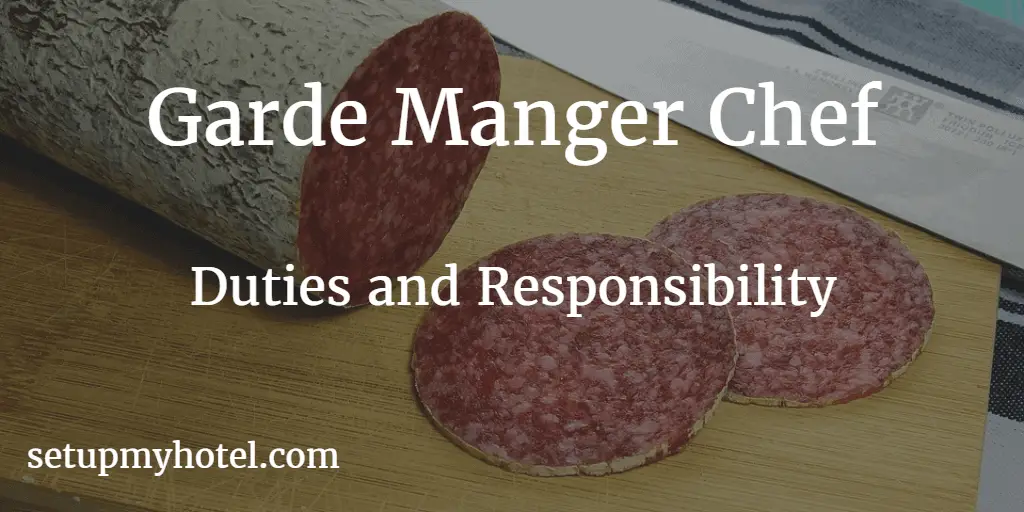
Job Description, Duties, Interview Questions and Salary for Garde Manger Chef A Garde Manger Chef is responsible for the preparation ...
Read more
29 Duties And Responsibility Of Line Chef / Commis II
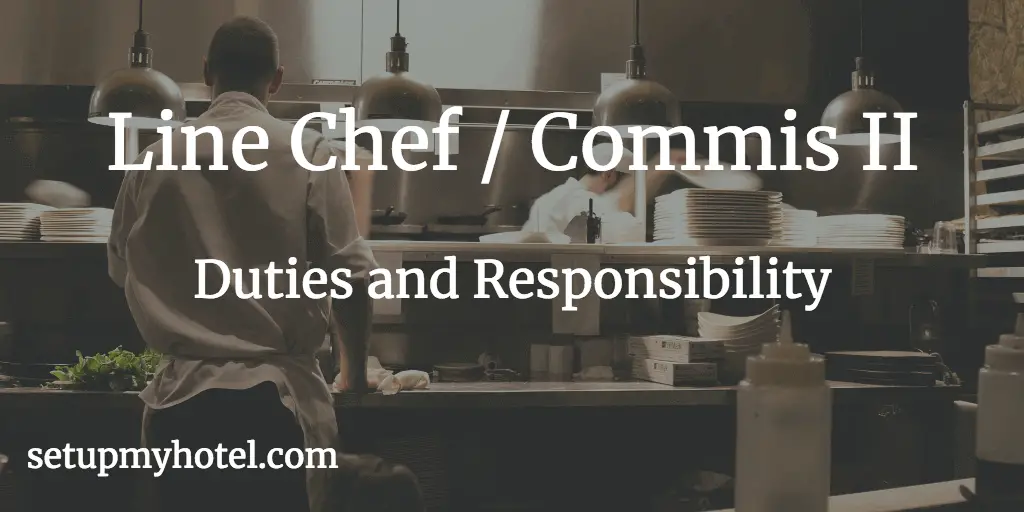
Job Description, Duties, Interview Questions and Salary for Line Chef or Commis II As a Line Chef or Commis II, ...
Read more
Basic Dessert Sauces List – Standard Recipe Card – Hotels | Chefs
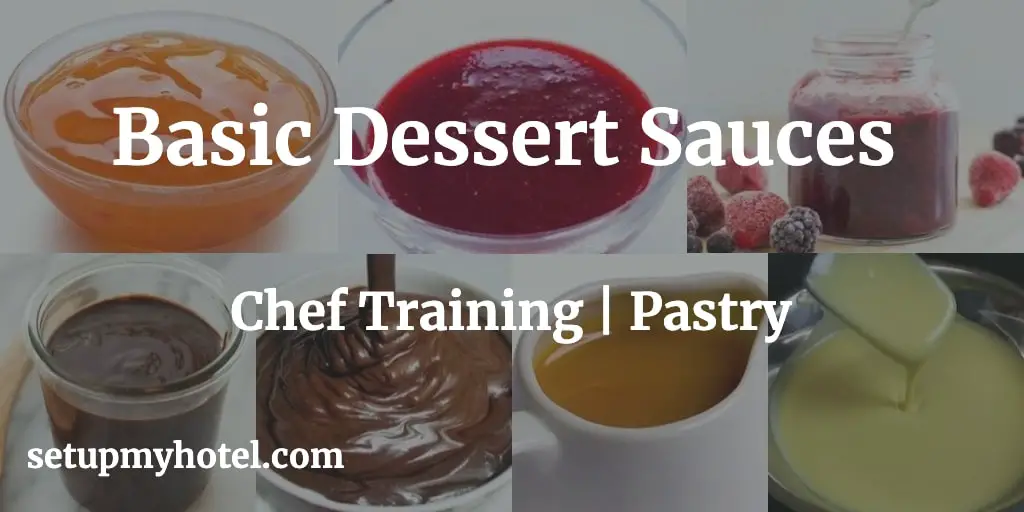
Dessert Sauces List with a recipe card for chefs Dessert sauces are the perfect finishing touch to any dessert. They ...
Read more
Breakfast Chef Duties And Responsibility
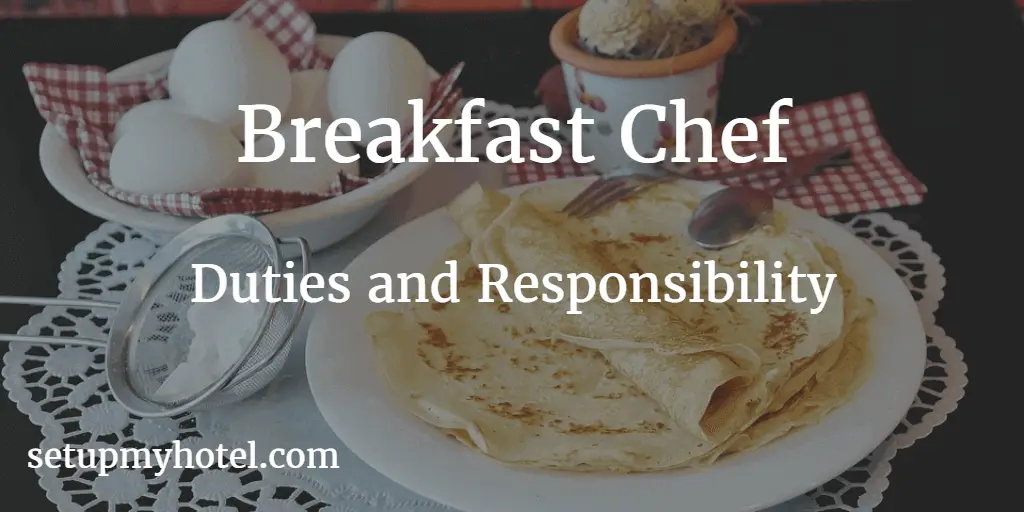
Job Description, Duties, Interview Questions and Salary for Breakfast Chef As a breakfast chef, your main responsibility is to prepare ...
Read more
